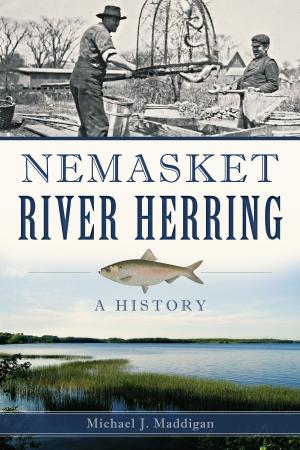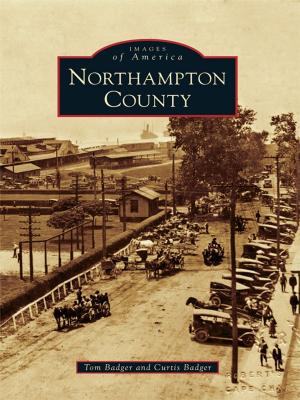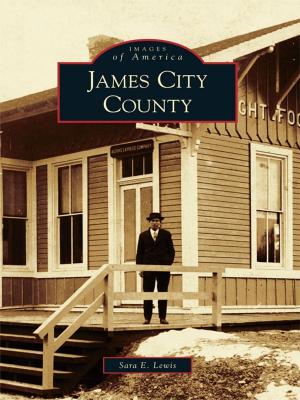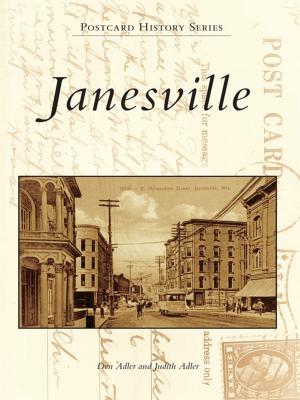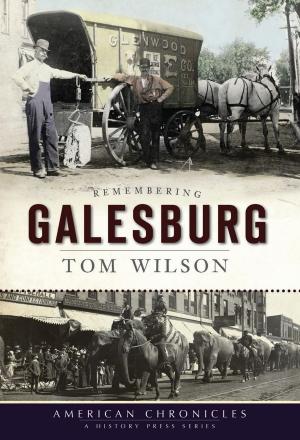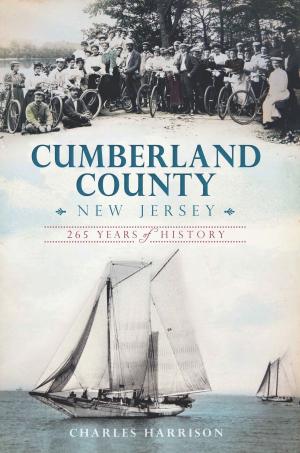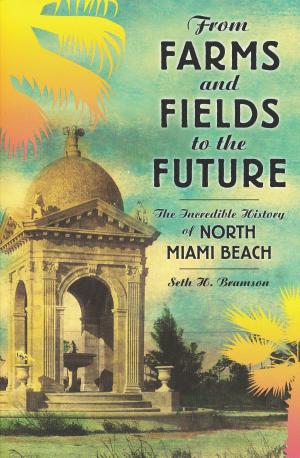Fort Myers in Vintage Postcards
Nonfiction, Art & Architecture, Photography, Pictorials, Travel, History, Americas, United States| Author: | Gregg Turner | ISBN: | 9781439612989 |
| Publisher: | Arcadia Publishing Inc. | Publication: | May 25, 2005 |
| Imprint: | Arcadia Publishing | Language: | English |
| Author: | Gregg Turner |
| ISBN: | 9781439612989 |
| Publisher: | Arcadia Publishing Inc. |
| Publication: | May 25, 2005 |
| Imprint: | Arcadia Publishing |
| Language: | English |
Fort Myers lies on the beautiful, wide Caloosahatchee River. Tropical flowers and palm trees dot the landscape, which today boasts a revitalized downtown, historic neighborhoods, shopping, and a breathtaking waterfront. The fort itself, named for Lt. Col. Abraham Myers, was established to quell uprisings and help the Indian Removal campaigns. It was later used by Union forces in the Civil War, abandoned, and then reoccupied by courageous settlers who relied on the cattle business and farming to sustain families and the community. In the late 1800s, Fort Myers began to attract famous winter residents, such as �electrician� Thomas Edison, as well as wealthy sportsmen trying their luck at tarpon fishing. When the �iron horse� finally arrived in 1904, Fort Myers experienced an economic transformation, and her days as a frontier cow town were numbered.
Fort Myers lies on the beautiful, wide Caloosahatchee River. Tropical flowers and palm trees dot the landscape, which today boasts a revitalized downtown, historic neighborhoods, shopping, and a breathtaking waterfront. The fort itself, named for Lt. Col. Abraham Myers, was established to quell uprisings and help the Indian Removal campaigns. It was later used by Union forces in the Civil War, abandoned, and then reoccupied by courageous settlers who relied on the cattle business and farming to sustain families and the community. In the late 1800s, Fort Myers began to attract famous winter residents, such as �electrician� Thomas Edison, as well as wealthy sportsmen trying their luck at tarpon fishing. When the �iron horse� finally arrived in 1904, Fort Myers experienced an economic transformation, and her days as a frontier cow town were numbered.


